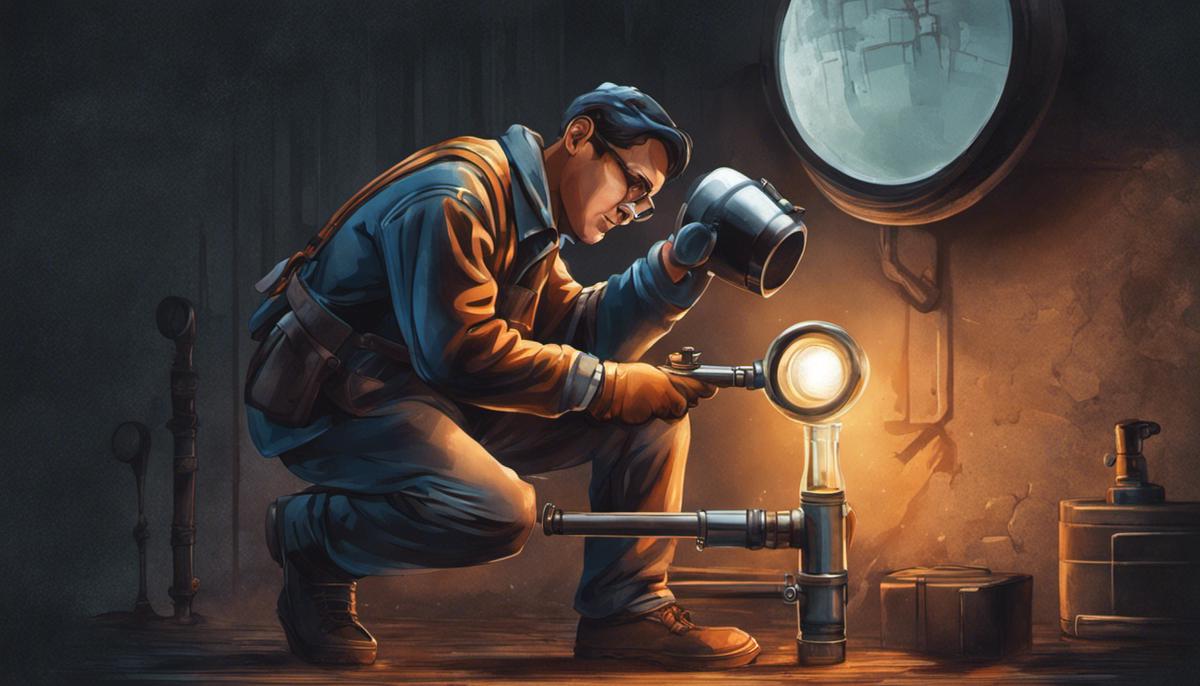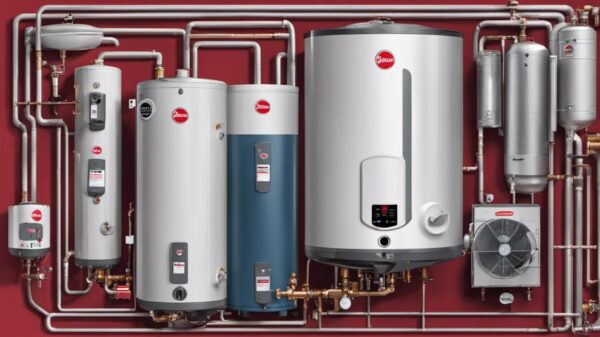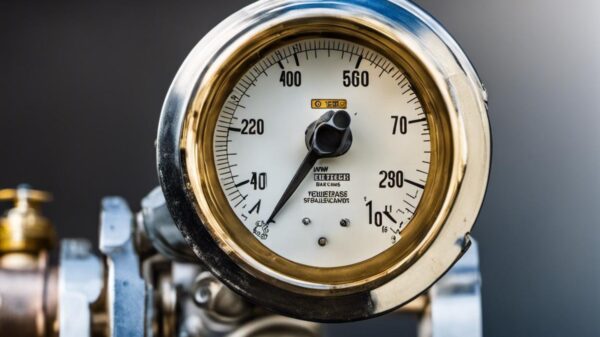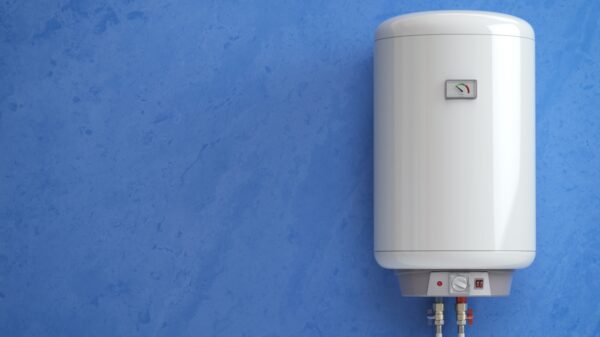How to Fix a Leaky Pipe: Repair Guide
Both an inconvenience and potential hazard, a leaking pipe is a common issue faced by many homeowners. The ability to fix a pipe leak promptly and professionally will not only save precious water but will also avert potential damage to your property. The objective of this comprehensive guide is to equip you with the necessary knowledge to tackle this issue successfully, starting with identifying the precise location of the leak. Once you’ve assessed the situation, you would then need to select the appropriate materials and tools suitable for the repair process. After all necessary supplies are gathered, we will detail the steps you need to take to carry out the repair, starting with the removal of the damaged area and culminating in the tightening of the repaired pipe to prevent future leaks. Safety precautions throughout these actions are paramount, and will also be extensively covered.
Identifying the Location of the Leak
Enthusiastic Plumber’s Guide to Leak Detection in Home Pipes
Splish, splash! Suddenly, you find yourself standing in a puddle, gazing in disbelief at the growing water stain on your wall or ceiling. Pipe leaks are indeed a daunting sight for homeowners, and while they’re frustrating, there’s good news. With keen observation, due diligence, and maybe a little DIY magic, locating the source of these pesky leaks is absolutely achievable! Let’s navigate this wet nightmare together!
Step 1: Preliminary Inspection
Often, a leak is just the tip of the proverbial water iceberg, leading you to a larger issue with your home’s plumbing. Begin with a sight and sound examination. Watch out for damp spots, water stains, and mold growth around the plumbing areas, which are classic signs of hidden leaks. Listen closely; a slight hissing sound can often lead you directly to the source.
Step 2: Checking the Faucets
Faucets, being interfaces between the plumbing system and the user, are common leak culprits. So, why not start here? Inspect the seals, both under the sink and around the tap parts. Sometimes, a simple replacement of a worn-out washer could solve the issue.
Step 3: Investigating the Toilets
Next on the spot: the toilets! The flapper, responsible for the water flow from the tank to the bowl, should be checked. A cheap but effective trick is the food-coloring test. Simply drop a dose in the tank. If, after a few minutes, you see the color creeping into the bowl – BINGO! – a leaky flapper.
Step 4: Looking Over the Showers and Tubs
Give some attention to your showerheads and bathtubs. At times, merely tightening a loose connection with a wrench, or replacing a worn-out seal, can save you a world of leaks.
Step 5: Exploring the Pipes
We’ve arrived at the most exciting part – diving deep into the plumbing maze! Check visible sections for any wet spots, mold, or corrosion. However, leaks can occur in less accessible areas too. Infrared thermography and acoustic instruments, though a bit pricey, can incredibly simplify this task. If you’re passionate about leak-busting, consider investing in these tools.
Step 6: Don’t Ignore the Outdoors
Last, but in no way least, survey your home’s exterior. Sprinker systems and outdoor spigots often come under the radar for developing leaks. Besides, any significant damp, mushy spots in the yard could indicate a disturbing situation underneath.
And voila! Once you’ve located the leak, you can apply a patch or a pipe clamp as a temporary fix. However, remember that some issues are best left for professional plumbers. After all, keeping the water flowing smoothly and efficiently through your home is a testament to your dedication as a vigilant homeowner. Happy leak hunting! And remember; every drop saved contributes to the vast ocean of conservation.
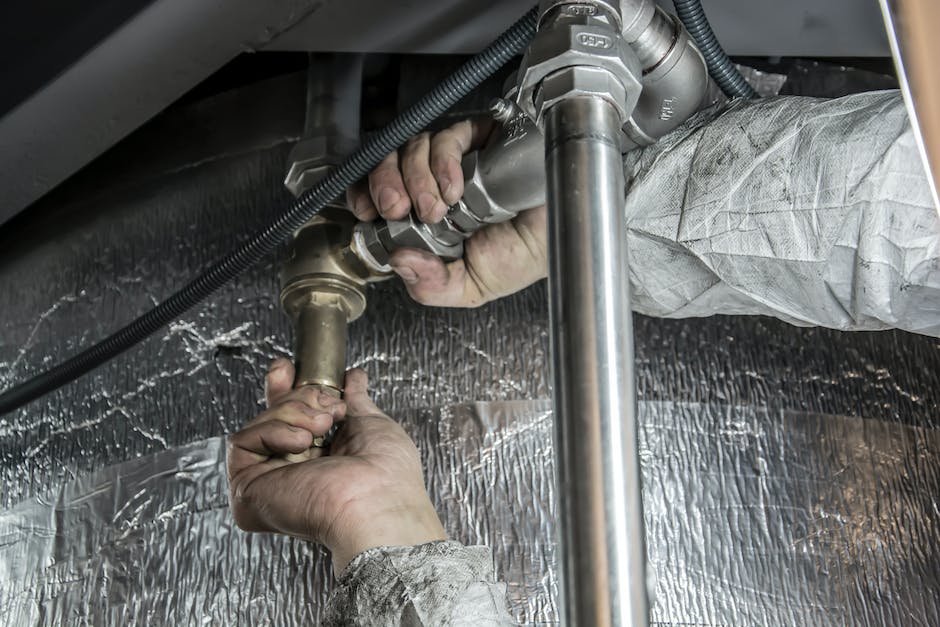
Selecting the Appropriate Materials and Tools
Heading into the Trenches: Essential Materials and Tools for Fixing a Leaky Pipe
So, you’ve donned your detective hat and doused your home in an investigative sweep to unearth potential leaks. Excellent job! You’ve isolated potential threats and plugged some leaks using patches or pipe clamps for a temporary fix. However, becoming a true DIY plumbing enthusiast requires delving a bit deeper and arming your toolbox with the right components. Let’s embark on this quest together, exploring the essentials to mend a leaky pipe. Prepare to get your hands wet!
Ingredients for a Successful Leak Fix
Leaky pipes are far from one-size-fits-all. Having an assortment of replacement parts ensures you’re prepared for any surprises your plumbing throws at you. Nips and tucks in this journey are standard, so always keep various sizes of pipes and fittings handy. Remember, Epoxy Putty is a trustworthy ally for brief reprieves from dripping water, and better still, requires no expert touch to use.
Meet your New Comrades-in-arms
A directory of tools can feel voluminous and enthralling, but let’s zoom into some absolute must-haves for your plumbing exploits. A pipe wrench, for instance, is indispensable for grasping and turning pipes and fittings. When battling confined spots, a basin wrench takes center stage, and to sever pipes, rely on your trusty hacksaw.
Of course, a tool is only beneficial if put to work properly, so alongside your tools, you’ll need a hefty dose of knowledge. A solid foundational understanding is crucial when it comes to fittings and pipes, knowing which materials can and can’t be mixed, and getting familiarized with local regulations on plumbing repairs – nothing dampens a DIY project spirits like a stern letter from the local council!
Adhesive additives – The Unsung Heroes
The trusted sidekicks in your plumbing saga are often adhesives, offering added protection against leak relapse. Plumber’s tape, also known as Teflon tape, enhances a good seal on joints and fittings – an essential for stopping those pesky leaks.
Moreover, pipe dope or thread sealant ensures a watertight seal in threaded joints, forbidding leak recurrence and defying pressure. Lastly, silicone caulk finds a home around fixtures and showers, bridging gaps where water might seep.
Staying Safe in the Line of Duty
Needless to state, personal safety takes precedence over everything else during this DIY journey. While delving into the nitty-gritty of plumbing repairs, keep a sturdy pair of gloves within reach to protect your hands from sharp edges that conceal within pipe interiors. Also, clear lens safety goggles are your frontline defense from falling debris or sprays of water triggered during the repair.
So, there we have it – a comprehensive guide to keeping your house drip-free. With a mix of the right tools, materials, and a good sprinkling of enthusiasm, you can turn plumbing disasters into successful DIY exploits in no time.
Carrying Out the Repair
Showing Your Leaky Pipes Who’s Boss: DIY Pipe Repair 101, Part Two
From the initial assessment to a temporary remedy, we’ve walked through the steps of leak detection and even hacked together some quick fixes for your plumbing woes. Now, let’s get elbows-deep into the heart of home plumbing and address those persistent pipe leaks for good!
Ensuring Access to Replacement Parts: No two leaks are the same. Hence, having an array of replacement parts handy can be a lifesaver. Stock up on common parts like O-rings, valves, washers, and piping of various sizes. Having the right replacement parts before the repair process begins not only saves time but ensures that the repair is completed in one go.
Dealing with Leaks using Epoxy Putty: Need a quick, non-clamp solution? Epoxy putty could be your secret weapon. This small wonder is waterproof and sets quickly, making it perfect for sealing leaks. Simply knead the putty until it’s a uniform color and press it into the leak – it should set within minutes. However, while it is a fantastic short-term solution, remember it doesn’t replace a proper, long-term fix!
Must-Have Tools for the Job: You don’t have to be a professional plumber to have professional-grade tools. A well-equipped toolbox is half the battle. It should have all the essentials like a pipe wrench and a basin wrench for tight spaces. Oh, and don’t forget about that good ole’ hacksaw – it’s a classic for dealing with stubborn sections of pipe that needs replacing.
Understanding Fittings and Pipes: Navigating the world of plumbing fittings can be intimidating, but every avid DIYer must understand the basics. There are numerous types of connectors (Elbows, Tees, Unions, to name a few) that can either extend or change the direction of your pipes. The size and material of your pipes are also critical factors to consider when making replacements.
Plumbing Sealants: It’s not all about hard parts and elbow grease; sometimes, the tiny things matter the most. Plumbing tape (also known as Teflon tape), pipe dope, and silicone caulk play a crucial role in preventing leaks. Use them judiciously to make your connections watertight and leak-free.
Safety First: Remember, DIY does not mean compromising on safety. Make sure you’re wearing gloves to protect your hands from sharp edges and safety goggles to shield your eyes from flying debris and splashing water. Prioritize your well-being and work safely!
Knowledge of Local Codes: Last but not least, familiarize yourself with your local plumbing codes. These regulations are in place to ensure that all plumbing work, even DIY, is safe and up-to-standard. In some cases, certain repairs might require a permit, so make sure you’re not unintentionally breaking any rules.
Remember, there’s no shame in needing professional help. So, get out there, go mano-a-pipe with those pesky leaks, and don’t let the waterworks get you down. You’ve got this!
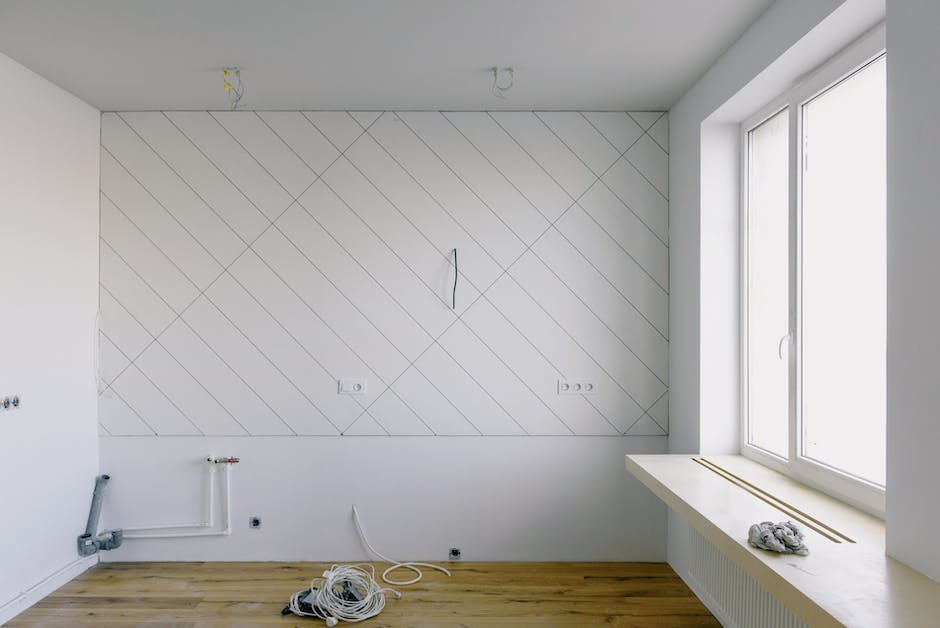
Conclusion
This guide delivers the guidance you need to successfully navigate through the process of fixing a pipe leak. By identifying the leak’s origin, choosing the right materials and tools, conducting safe and efficient repairs, and ensuring everything is tightly sealed, you can protect your home from possible water damage. Remember that maintaining safety should always be your top priority. While feasible for the average person, the tasks discussed may be complex for some. In this case, seeking professional help may be the best course of action. But equipped with the knowledge acquired here, you will be better prepared for those conversations, knowing what to expect and what questions to ask. Fixing a leaking pipe can be a daunting task, but by following this step-by-step guide, you can rest assured you’re well-equipped to handle it.


